Lemurs are some of the most captivating and adorable creatures found in the animal kingdom. Native exclusively to Madagascar, these primates are known for their expressive faces, large eyes, and playful behavior. Their diverse range of species and unique characteristics make them fascinating subjects for kids who enjoy learning about animals and engaging in creative activities.
In this blog post, we’ve compiled 20 engaging lemur-themed coloring pages that are perfect for kids who love animals and enjoy expressing their creativity. Alongside these coloring pages, we’ve included interesting facts about lemurs that will make the coloring experience both fun and educational.
Age Range: Who Can Enjoy These Coloring Pages?
Our collection of lemur coloring pages is designed to cater to children across various age groups. Here’s a guide to who can enjoy these pages:
Toddlers (Ages 2-4)
For the youngest artists, we have simple and bold outlines of lemurs that are easy to color. These pages help toddlers develop their fine motor skills and introduce them to basic shapes and features of lemurs.
Preschoolers (Ages 4-6)
Preschoolers will appreciate slightly more detailed illustrations that encourage them to use a variety of colors and practice coloring within the lines. These pages are excellent for enhancing hand-eye coordination and fostering creativity.
Early Elementary (Ages 6-8)
Children in early elementary school can explore more intricate designs that challenge them to think creatively about color patterns and experiment with different coloring techniques. These pages help improve concentration and attention to detail.
Older Kids (Ages 8-12)
Older kids will find complex and detailed illustrations that allow for greater artistic expression. These pages offer opportunities to experiment with shading, blending, and other advanced coloring techniques, making the activity both stimulating and enjoyable.
Fun Facts About Lemurs
As your child colors these lemur-themed pages, share these fascinating facts about lemurs to enhance their learning experience:
Lemur Species and Diversity
- There are over 100 species of lemurs. Lemurs vary greatly in size, color, and behavior. Some well-known species include the Ring-tailed Lemur, the Indri, and the Aye-aye.
- Lemurs are endemic to Madagascar. They are found only in Madagascar and the nearby Comoros Islands, making them unique to this region of the world.
- Lemur species vary in size. They range from the tiny Mouse Lemur, which is about the size of a mouse, to the larger Indri, which can be as big as a housecat.
Physical Characteristics
- Lemurs have large eyes. Their large, round eyes are adapted for nocturnal living, allowing them to see well in low light. This is particularly important for species that are active at night.
- They have a distinctive tail. Many lemurs, such as the Ring-tailed Lemur, have long, bushy tails that are used for balance and communication. The tail is often held upright and used as a signal to other lemurs.
- Lemurs have a unique grooming behavior. They use their grooming claws to clean their fur and remove parasites. Grooming is also a social activity that helps strengthen bonds between individuals.
Behavior and Social Structure
- Lemurs are social animals. They live in groups called troops, which can vary in size from a few individuals to over 20. Social interaction is crucial for their well-being, and they often engage in cooperative behaviors.
- They communicate with various sounds. Lemurs use a range of vocalizations, including calls, chirps, and growls, to communicate with each other. These sounds can indicate everything from distress to territory claims.
- Lemurs are primarily arboreal. Most lemurs spend the majority of their time in trees, where they find food and shelter. Their long limbs and prehensile tails help them navigate the forest canopy.
Diet and Feeding Habits
- Lemurs have varied diets. Depending on the species, lemurs may eat fruits, leaves, flowers, insects, or small vertebrates. Their diet can change seasonally based on the availability of food.
- Some lemurs are frugivores. Species like the Sifaka primarily consume fruits and seeds. They play a role in seed dispersal, which helps maintain the health of their forest habitats.
- Lemurs have specialized teeth. Their teeth are adapted to their diet. For example, the Aye-aye has a long, thin middle finger used to tap on trees and extract insects from under the bark.
Conservation and Threats
- Many lemur species are endangered. Habitat loss due to deforestation, hunting, and climate change poses significant threats to lemur populations. Conservation efforts are crucial to protecting their natural habitats.
- Lemurs are a focus of conservation programs. Various organizations work to protect lemurs by preserving their habitats, conducting research, and promoting sustainable practices that benefit both lemurs and local communities.
- Lemurs play a role in their ecosystem. They contribute to the health of their forest habitats by dispersing seeds and controlling insect populations. Protecting lemurs helps maintain the balance of their ecosystems.
Lemur Coloring Page 1 for Kids
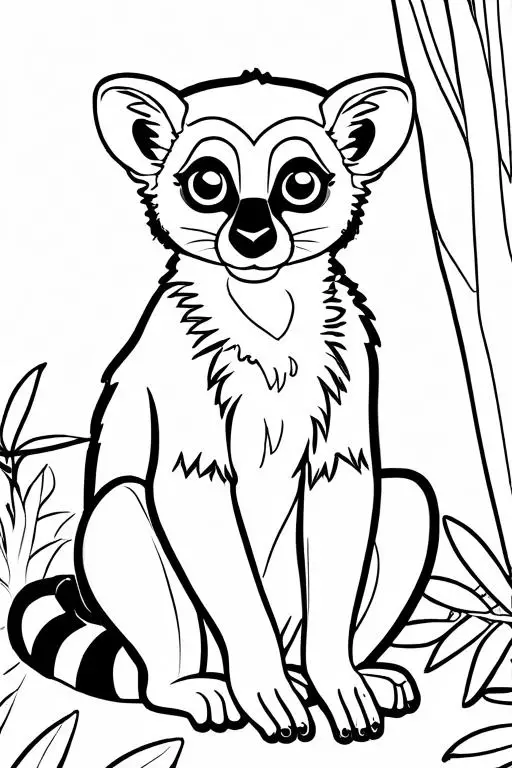
Lemur Coloring Page 2 for Kids
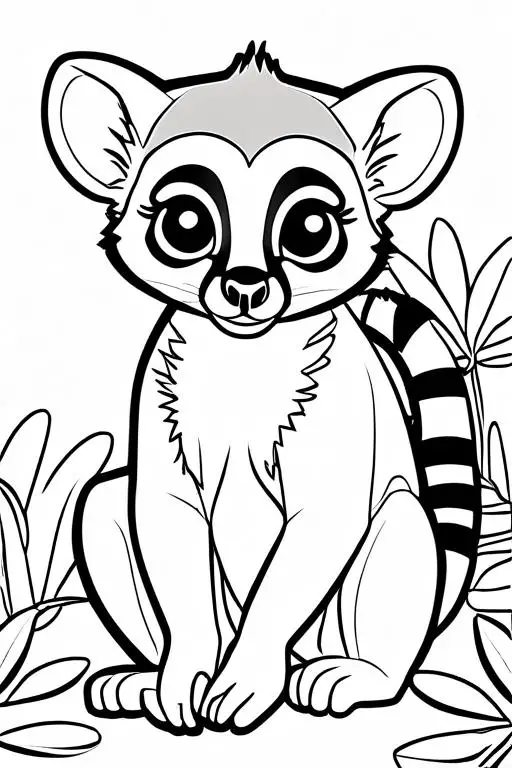
Lemur Coloring Page 3 for Kids
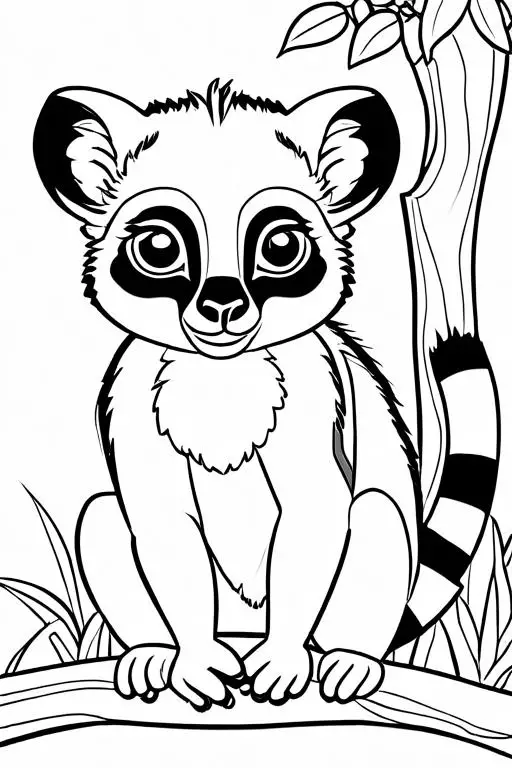
Lemur Coloring Page 4 for Kids
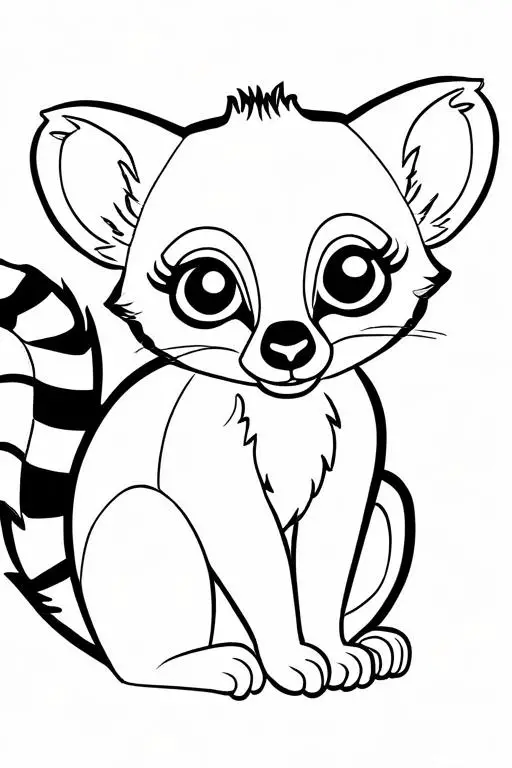
Lemur Coloring Page 5 for Kids
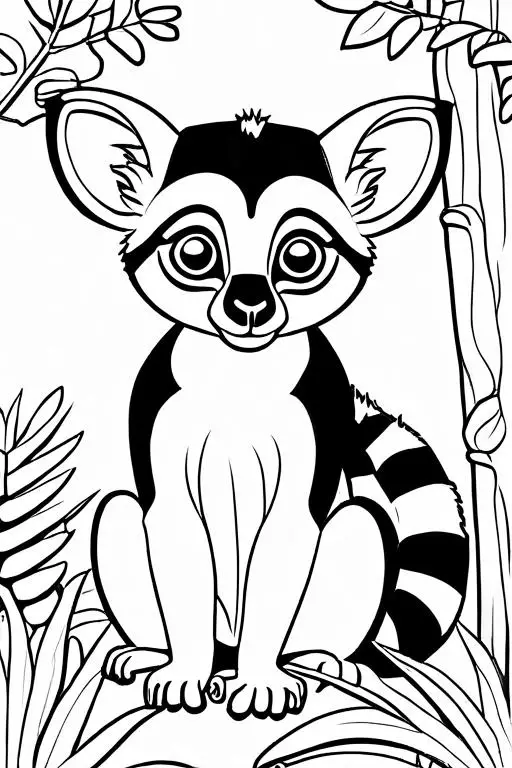
Lemur Coloring Page 6 for Kids
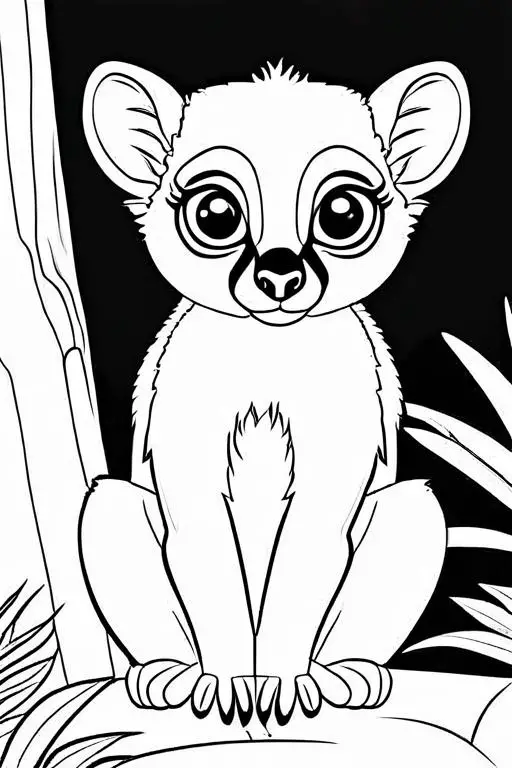
Lemur Coloring Page 7 for Kids
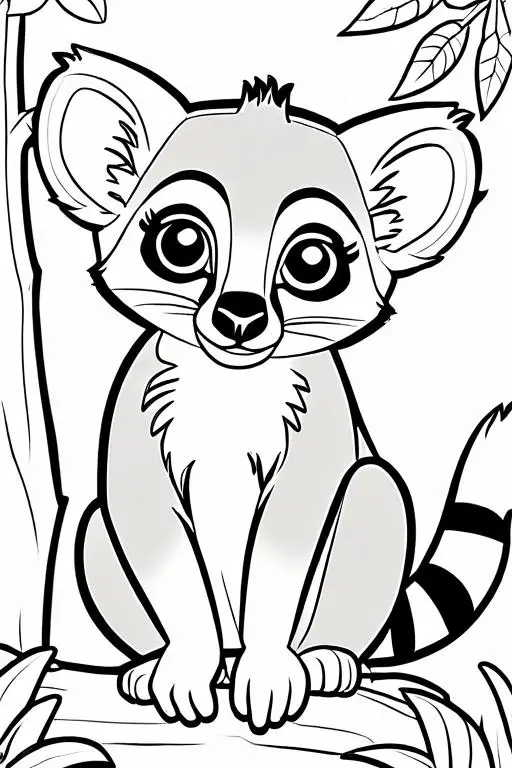
Lemur Coloring Page 8 for Kids

Lemur Coloring Page 9 for Kids

Lemur Coloring Page 10 for Kids
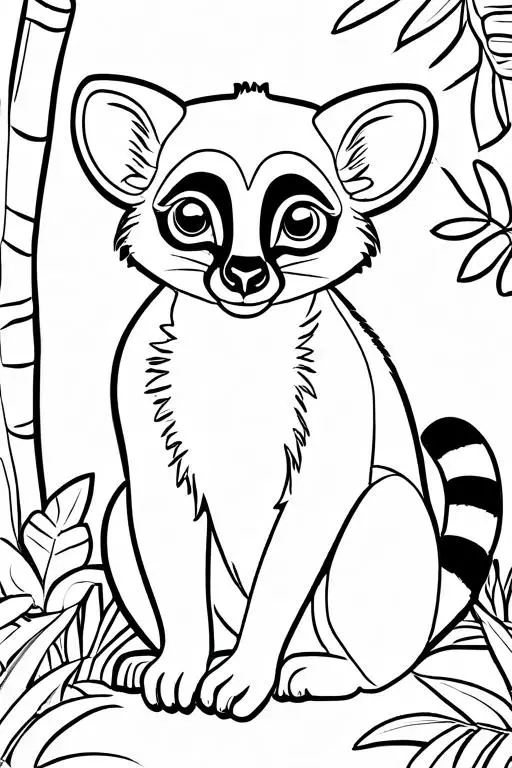
Lemur Coloring Page 11 for Kids
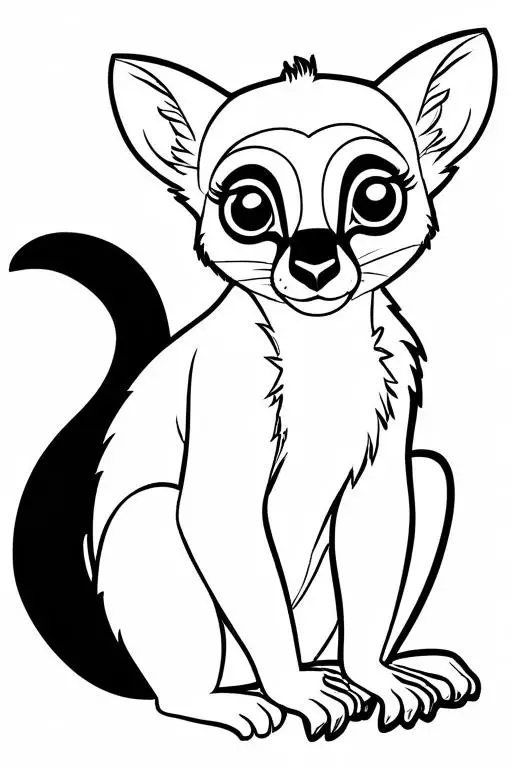
Lemur Coloring Page 12 for Kids
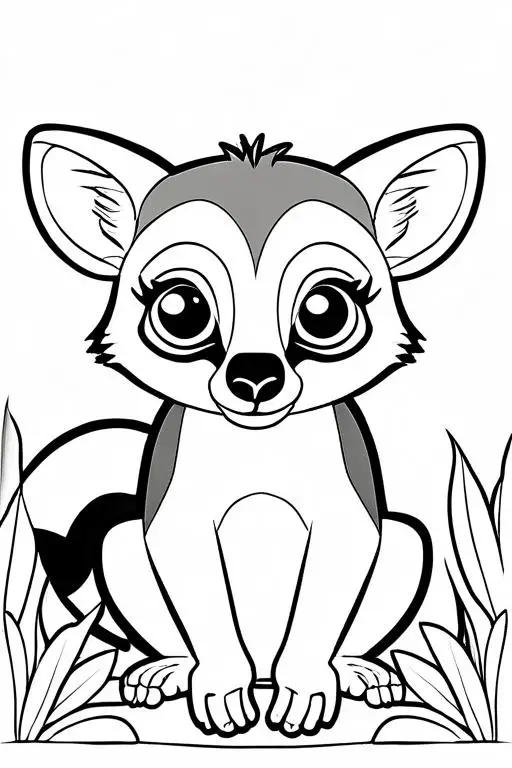
Lemur Coloring Page 13 for Kids
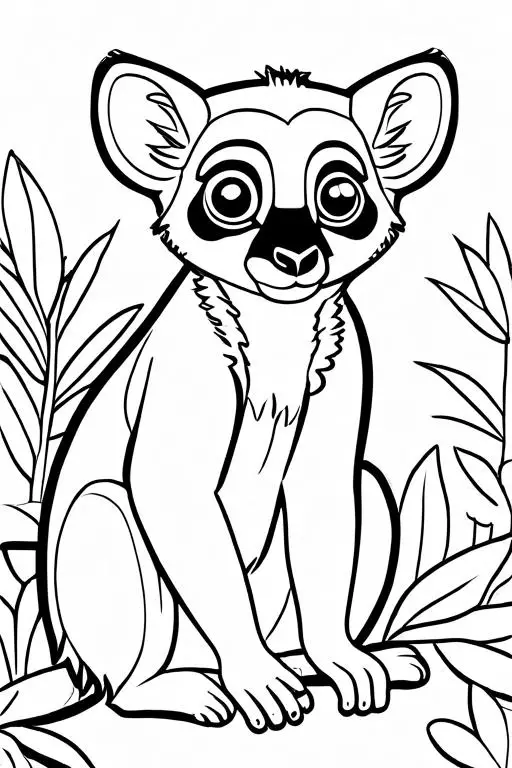
Lemur Coloring Page 14 for Kids
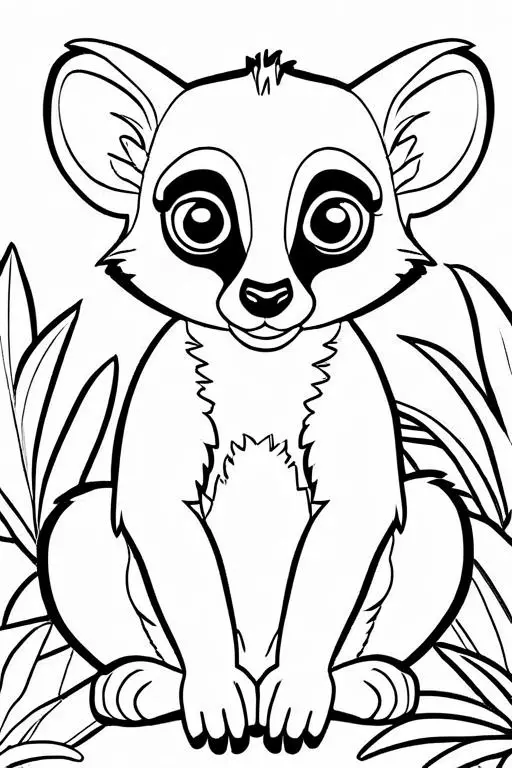
Lemur Coloring Page 15 for Kids

Lemur Coloring Page 16 for Kids
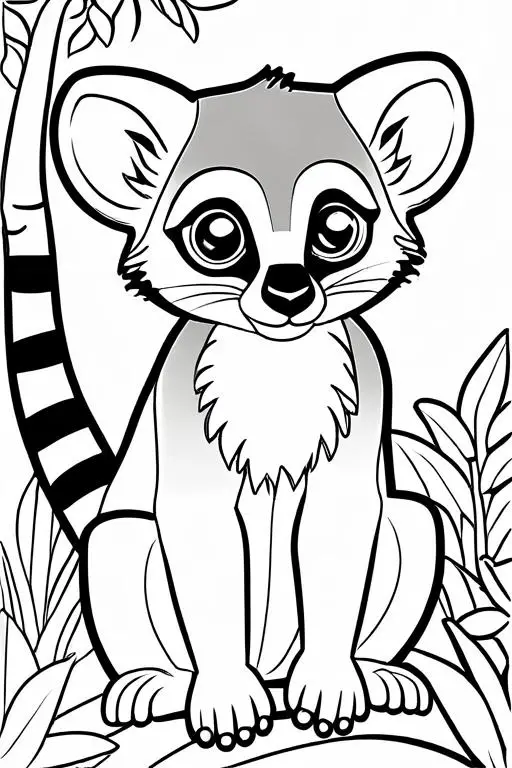
Lemur Coloring Page 17 for Kids
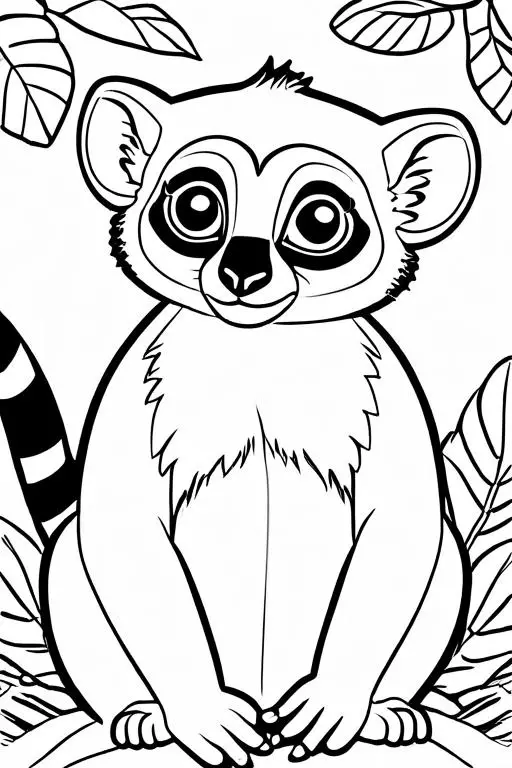
Lemur Coloring Page 18 for Kids
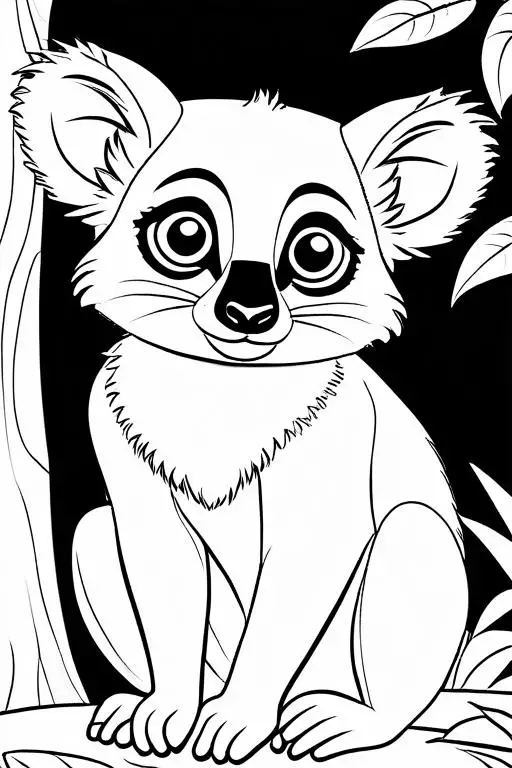
Lemur Coloring Page 19 for Kids

Lemur Coloring Page 20 for Kids

Conclusion
Lemurs are extraordinary creatures with their unique behaviors, diverse species, and important roles in their ecosystems. These 20 lemur-themed coloring pages offer children an engaging and educational way to learn about these fascinating animals while developing their artistic skills. Whether your child is just beginning to explore the world of coloring or is already an experienced artist, these pages provide a fun and enriching activity.
So, gather some crayons, colored pencils, or markers, and let your child embark on a creative adventure into the world of lemurs with these delightful coloring pages. As they color, they’ll not only enhance their artistic abilities but also gain a deeper understanding and appreciation for one of nature’s most intriguing primates.

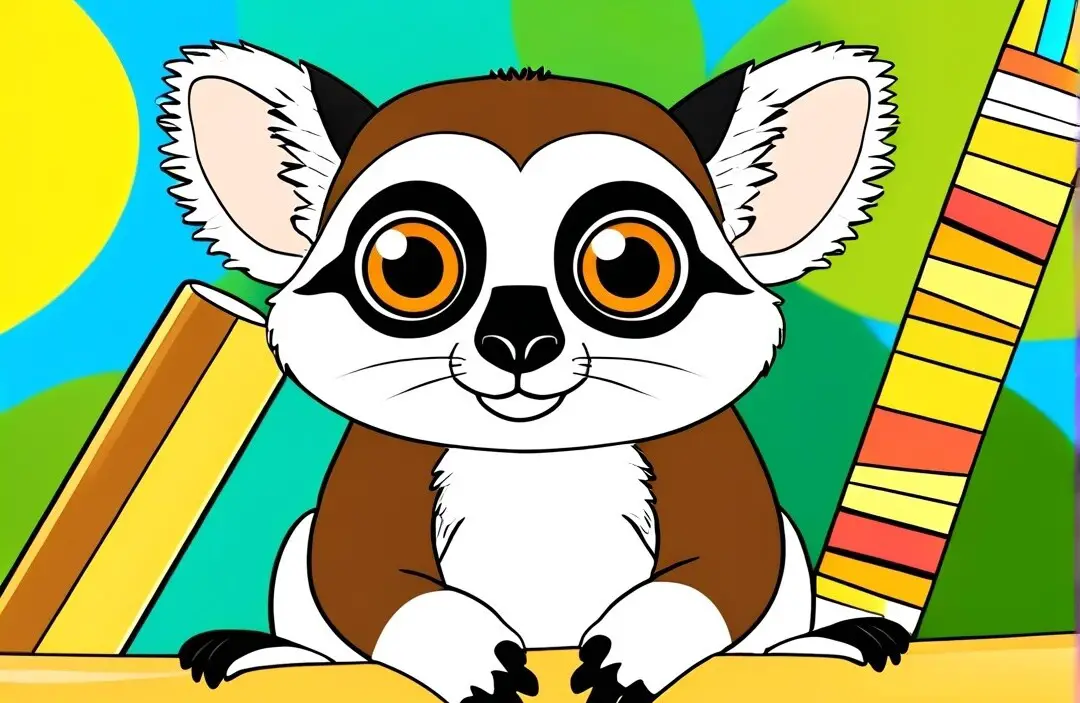
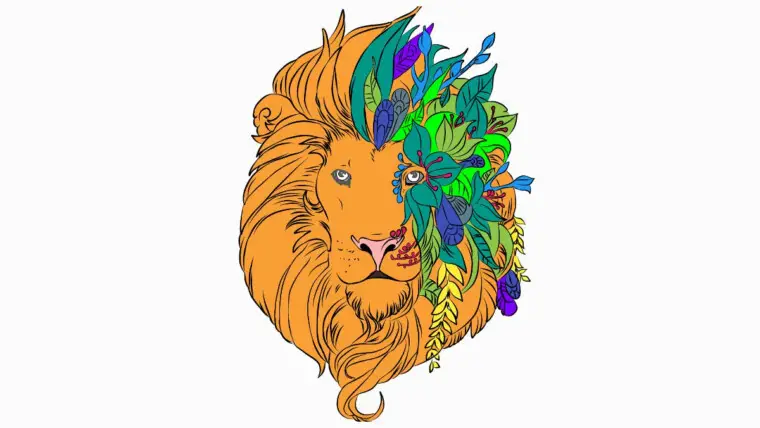

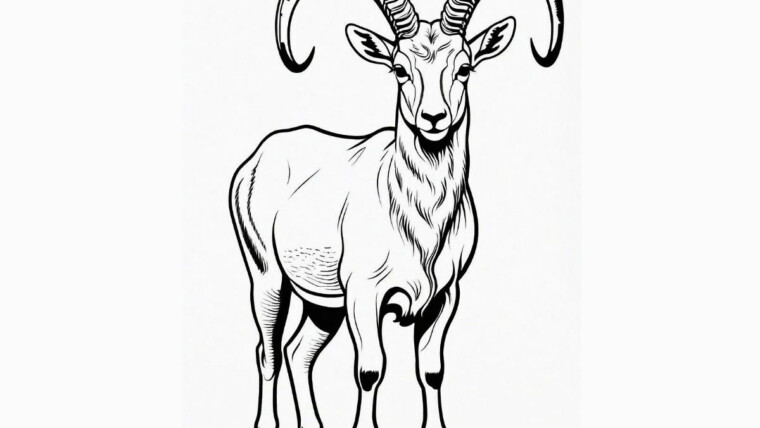
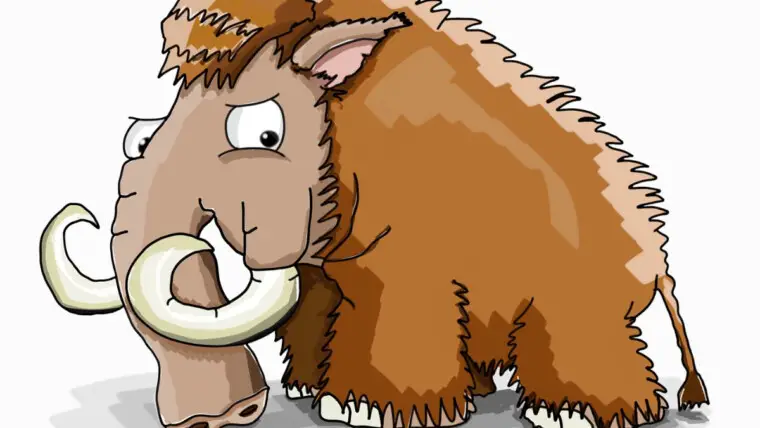

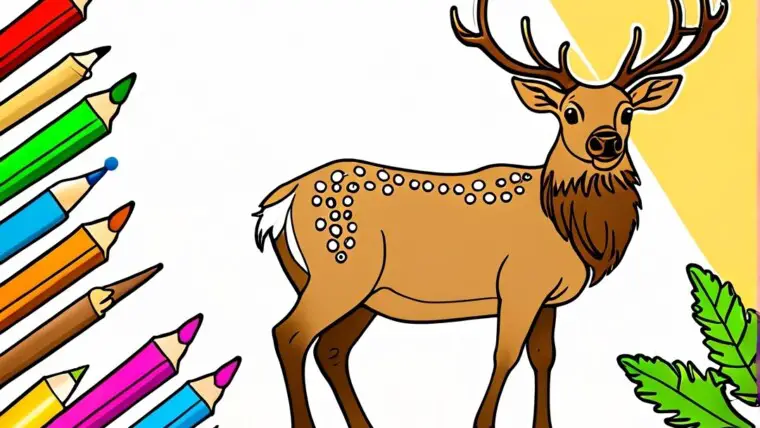
Maze Rampage Kids Activity Books: Unlock Fun and Learning for Toddlers and Preschoolers!
Engage Your Creative Mind with 2,500+ Free Adult Coloring Pages
100 Wasp Coloring Pages For Kids
48 Termite Coloring Pages For Kids